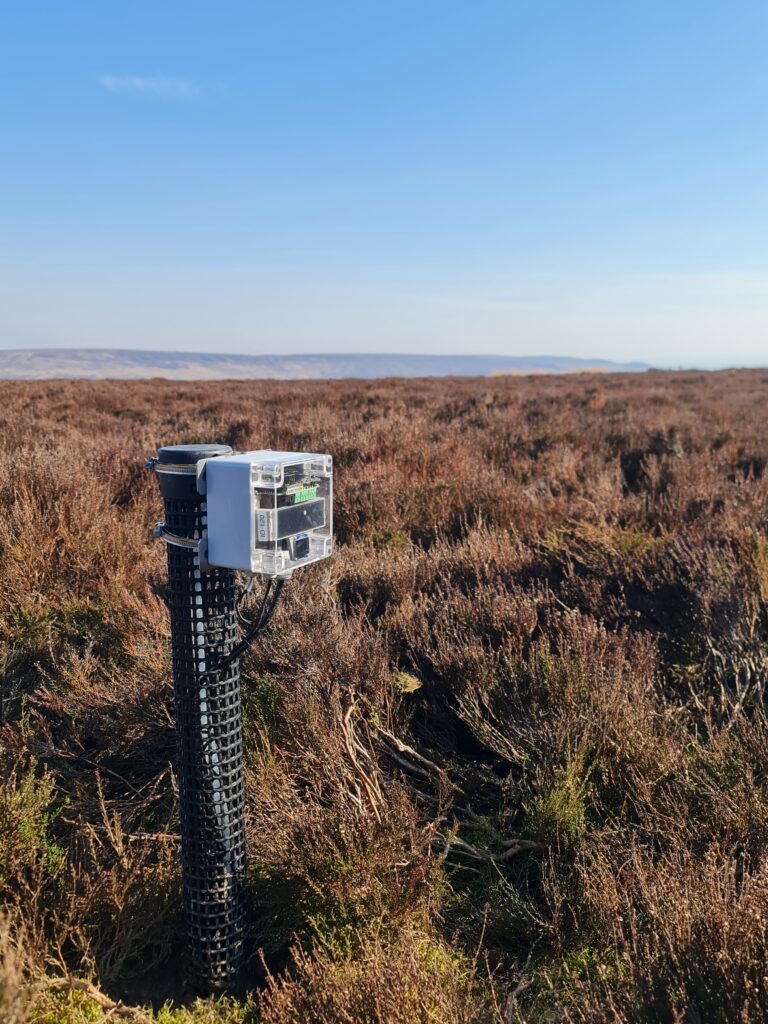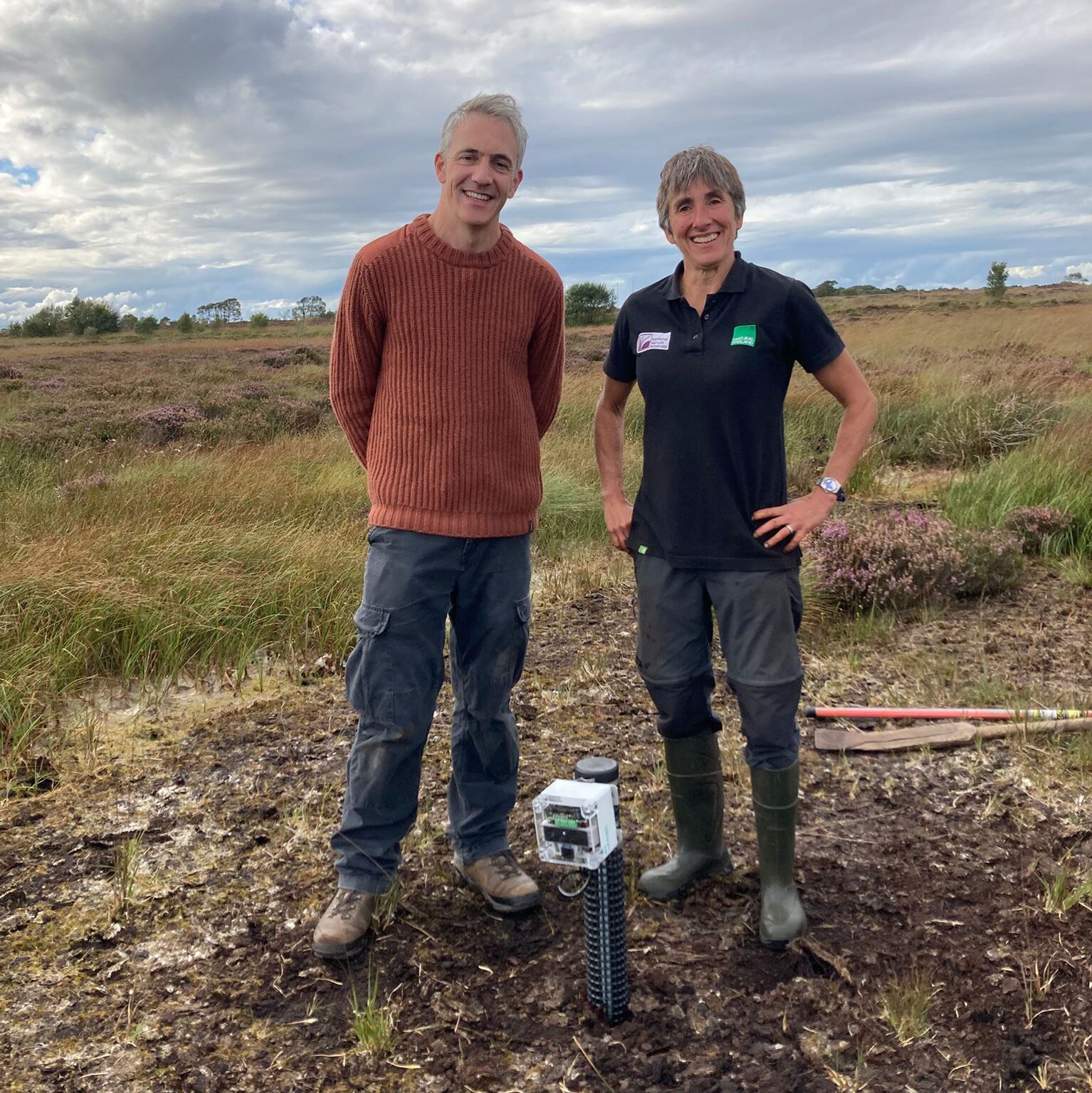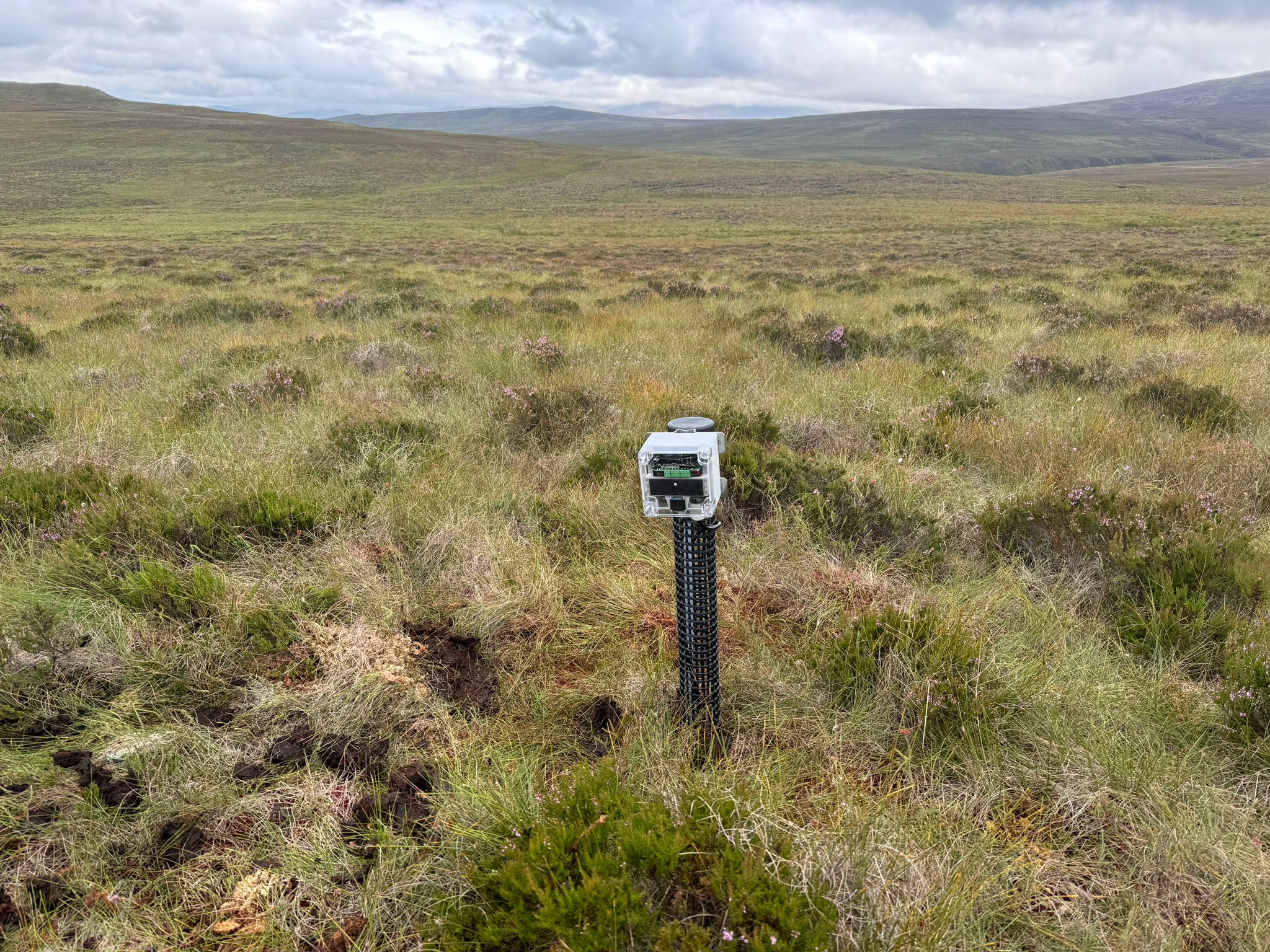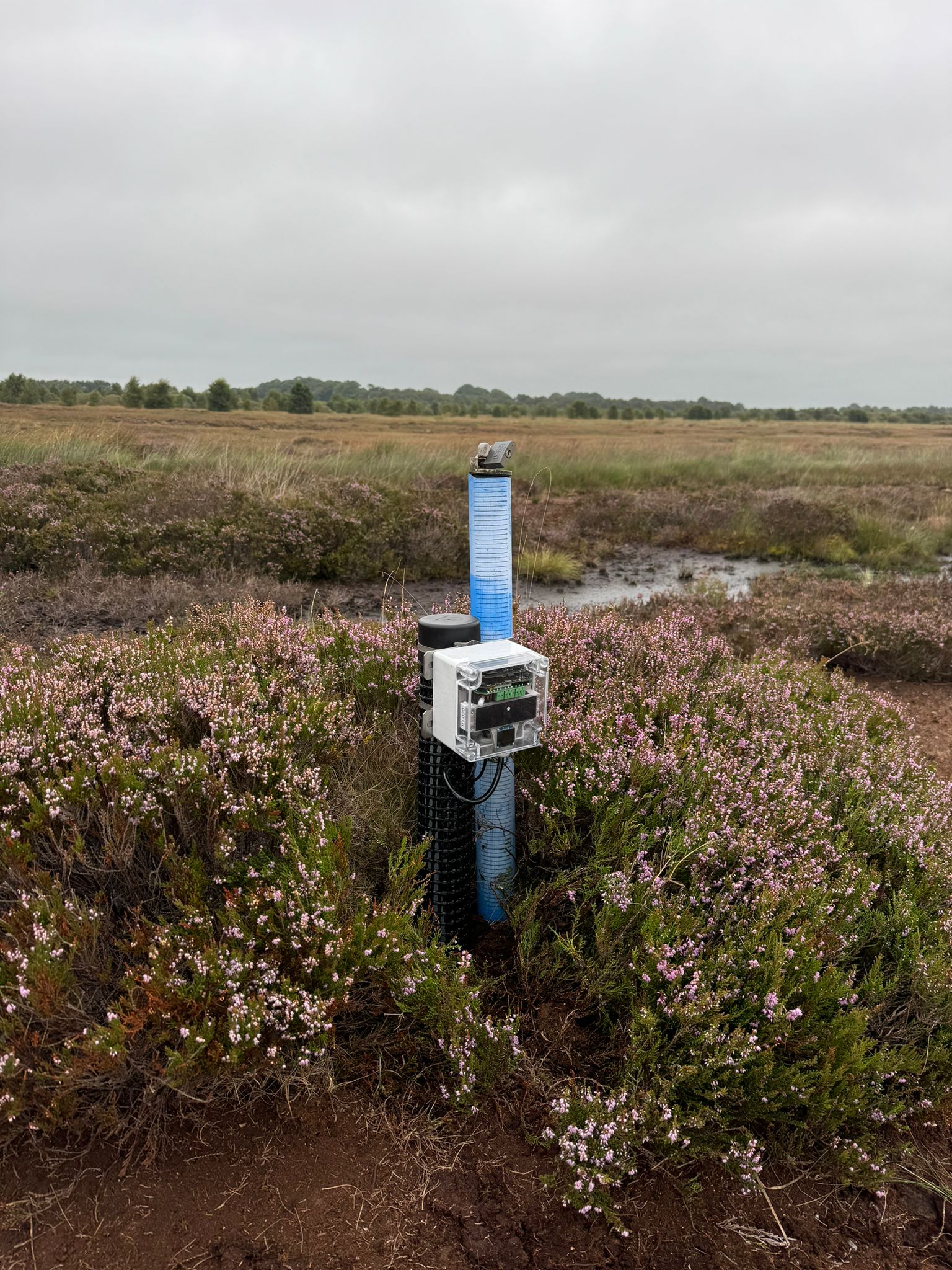North Pennines, June 16th, 2025 – A new milestone in ecological innovation has been reached with the successful installation of two autonomous water-level and temperature sensors powered by living plants in the North Pennines. This pioneering project is a collaboration between Plant-e and the North Pennines National Landscape team.
Plant-e’s SensorStick, a unique product that generates its own energy from plant-microbial interactions, enables real-time monitoring of water-level and temperature without the need for batteries or power cables. Data is transmitted directly via satellite, allowing for reliable monitoring even in the most remote and rugged terrain.
The North Pennines National Landscape and UNESCO Global Geopark is a protected landscape in northern England containing the largest contiguous area of blanket bog peatland in the country. Restoring its delicate hydrology is critical for reducing carbon emissions, enhancing biodiversity, and preserving unique ecosystems. Water table monitoring is crucial for the successful rewetting and restoration of UK peatlands, which are among the most effective natural carbon sinks. When peatlands dry out, they begin to decompose and release large amounts of stored carbon dioxide into the atmosphere. By maintaining high water tables through rewetting, these ecosystems remain saturated, preventing decomposition and locking carbon in the ground. For this to succeed, robust and cost-efficient water-table monitoring is essential. And this is where Plant-e comes in.
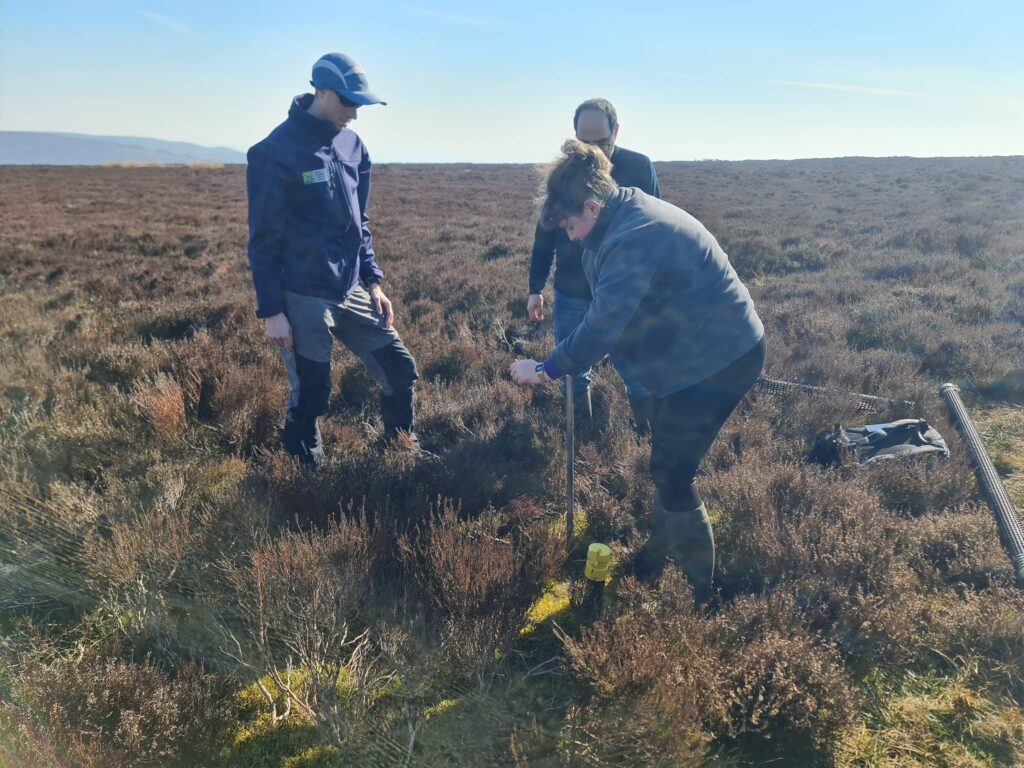
Miles Wilson, the GIS & Remote Sensing Officer for North Pennines National Landscape, says the new system is straightforward and efficient. In contrast to their usual loggers which transmit data to the team’s devices via Bluetooth, requiring lengthy trips to peatland restoration sites, this setup minimises on-site time and avoids data gaps that occur when logger batteries fail.
The next step in monitoring restoration. The installation is now active and transmitting hourly data, providing continuous insights without the need for regular site visits. With the SensorStick, ecological restoration teams can save significantly on labor costs and time, and reinvest those savings into additional restoration efforts.
